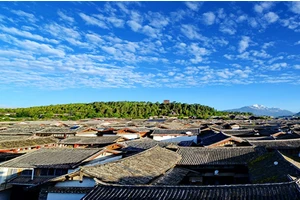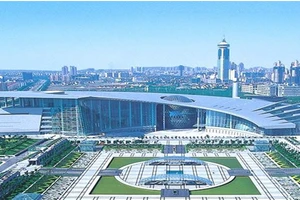Characteristics of tourism planning
The foundation of tourism planning needs to collect a large number of basic data, and it needs to make a detailed investigation and analysis of the basic conditions of nature, society and economy that affect the development of tourist destinations, especially to study the resources within the planning scope, the market demand of tourism products, and find out the quantity, quality, distribution and combination of resources, as well as the information of tourism products that may form market demand.
The characteristics of tourism resources development planning mainly include comprehensiveness, systematicness, sustainability and regionality. These characteristics ensure the effective, reasonable and long-term utilization of tourism resources.
1. Comprehensiveness: Tourism resources development planning not only pays attention to a single tourism resource or scenic spot, but also comprehensively considers the natural, cultural, historical, social and economic factors of a region. For example, when planning the tourism resources in a mountainous area, we should consider not only the natural scenery of the mountain, but also the local cultural traditions, the lifestyle of residents, transportation facilities and the needs of tourists.
2. Systematization: Tourism resources development planning is a systematic project, which requires planners to make overall layout and optimal allocation of tourism resources from a global and long-term perspective. This includes determining the development goal, functional orientation, spatial layout, development sequence and safeguard measures of tourism resources. For example, when planning a city's tourist route, it is necessary to systematically consider the location, characteristics, capacity of each scenic spot and the flow law of tourists, so as to ensure the smooth and efficient tourist route.
3. Sustainability: With the increasing emphasis on sustainable development in the world, the planning of tourism resources development has increasingly emphasized environmental, social and economic sustainability. This means that the impact of tourism activities on the local environment needs to be fully considered in the planning process to ensure the sustainable utilization of tourism resources. For example, when planning a seaside resort, measures should be taken to protect the beach and marine environment and avoid over-exploitation and pollution.
4. Regionality: Different regions have different natural, cultural and social backgrounds, so the development planning of tourism resources needs to suit local conditions and highlight regional characteristics. For example, when planning the tourism resources of an ancient town, it is necessary to dig deep into the local history, culture and folk customs to create tourism products with unique charm.
The contents of tourism resources development planning mainly include tourism resources investigation and evaluation, tourism market analysis and positioning, tourism product development and design, tourism spatial layout and route planning, tourism facilities and services planning, and tourism environmental protection and sustainable development planning. These contents are interrelated and mutually supportive, which together constitute a complete tourism resources development planning system. For example, when planning a rural tourism project, it is necessary to conduct a detailed investigation and evaluation of local natural and human resources, determine the target market and positioning, design tourism products with rural characteristics, rationally plan tourism space and routes, provide perfect tourism facilities and services, and formulate effective environmental protection measures to ensure the sustainable development of rural tourism.






